I. 1. Acetaldehyde Oxidation
Acetaldehyde and manganese acetate are added to the oxidation tower from the bottom of the tower, and oxygen is introduced in sections. The reaction temperature is controlled at 70 ~ 75℃, the gas phase pressure at the top of the tower is maintained at 0.098MPa, and a proper amount of nitrogen is connected at the top of the tower to prevent gas phase explosion. The freezing point of crude acetic acid generated by the reaction should be between 8.5~9.0 ℃, and the continuous discharge should enter the refining section. The tail gas is cooled at low temperature, the condensate flows back to the oxidation Tower, and the gas is vented.
Crude acetic acid continuously enters upgrading Tower, the temperature at the top of the tower is controlled at 95~103 ℃, and the dilute acetic acid condensed by the condenser is recovered in the dilute acid recovery Tower, the non-condensable gas enters the low-temperature condenser to condense into dilute acetaldehyde for recycling. Remove the crude acetic acid with low boiling point and continuously add it to the acetic acid evaporation pot. The temperature at the top of the tower is maintained at about 120℃, and the distilled acetic acid is the finished product.
2 Low-pressure carbonylation of methanol (Gushan method)
Methanol and carbon monoxide were reacted in water-acetic acid medium at about 175℃ and under the condition of less than 3.0MPa with the carbonyl compound of RH and iodide as catalysts to produce acetic acid. The reaction products are successively passed through the light component removal Tower and the dehydration tower, and the separated light component and aqueous acetic acid are returned to the reaction system. The crude product obtained can be purified by distillation to obtain the finished acetic acid. The reaction tail gas is first washed with cold methanol to recover the extracted methyl iodide (intermediate product), and then sent to the carbon monoxide recovery device.
3 Low carbon alkane liquid phase oxidation
Usually, butane is used as raw material, acetic acid is used as solvent, cobalt acetate is used as catalyst, air is used as oxidant, and liquid phase catalytic oxidation is carried out under the conditions of 170 ~ 180℃: and 5.5MPa. Light oil at 30 ~ 100℃ can also be used as raw material. The resulting mixed acid was separated by 6 towers to obtain acetic acid.
Second, acetic acid is widely distributed in nature. For example, in fruit or vegetable oil, it mainly exists in the form of Ester; In animal tissues, feces and blood, it exists in the form of free acid. Many microorganisms can convert different organic substances into acetic acid through fermentation. In ancient China, there was a record of vinegar making. As early as BC, human beings had been able to ferment vinegar by oxidation of various acetic acid bacteria. In the late 19th-century, it was found that acetic acid could be obtained by dry distillation of wood. In 1911, the world's first industrial plant for acetic acid production by Acetaldehyde Oxidation was built in Germany. Soon, the method of producing acetic acid by oxidation of low carbon hydrocarbons was studied and developed. In 1960, the former Federal Republic of Germany adopted the method of carbonylation of methanol to acetic acid under high pressure (20MPa). Subsequently, Monsanto Company of the United States adopted the RH complex catalyst (using iodide as the co-catalyst) to reduce the pressure of methanol carbonylation to acetic acid to 0.3-3.0MPa, in 1970, a low-pressure carbonylation industrial plant of methanol with a production capacity of 135kt acetic acid was built. Due to the advanced technology and economy of this method, most of the large factories newly built since the mid-70s adopt the low-pressure carbonylation of methanol. In 1984, the annual production capacity of acetic acid in the world reached 6Mt, of which the low-pressure carbonylation method accounted for about 40%. 1. The fermentation method uses the light liquor (containing 3-6% ethanol) obtained from starch fermentation to ferment at about 35℃ under the action of vinegar mother bacteria, and the light liquor is oxidized by air to vinegar. Besides 3-6% acetic acid, vinegar also contains other organic acids, esters and proteins. Fermentation is mainly used to produce vinegar. 2. Synthesis method it is the main method of industrial production of acetic acid. (1) Acetaldehyde Oxidation Method. Acetaldehyde is used as raw material, oxygen or air is used as oxidant, and liquid phase oxidation is carried out in bubble tower reactor under storage at 50-80 ℃,0.6-1.0MPa and manganese acetate catalyst (see industrial example in this article). (2) low pressure carbonylation of methanol. Also known as Monsanto method. Using the catalyst system composed of the carbonyl compound of RH and iodide, methanol and carbon monoxide are reacted in the aqueous acetic acid medium at about 175℃ and below 3.0MPa to generate acetic acid. Due to the high activity and selectivity of the catalyst, there are few side reactions. The reaction products are successively deprocessed by the component tower and dehydration tower, and the separated components and aqueous acetic acid can be recycled back to the reactor, and the gas leaving the reactor is washed with cold methanol first, to recover the extracted methyl iodide (intermediate product), and then send it to the carbon monoxide recovery device. The crude product obtained can be purified by distillation to obtain the finished acetic acid. With methanol juice, the yield is> 99%. Low-pressure carbonylation of methanol to acetic acid has the advantages of cheap raw materials, mild operating conditions, high acetic acid yield, good product quality and simple technological process, etc. At present, the most advanced technology and economy method in acetic acid production. However, the reaction medium has serious corrosivity and needs to use expensive special steel. (3) Methanol high pressure carbonyl synthesis method methanol and carbon monoxide react in acetic acid aqueous solution, using cobalt carbonyl as catalyst, methyl iodide as co-catalyst, the reaction conditions are 250℃ and 70MPa. After the product after the reaction is separated by the separation system, the finished product can be obtained. Based on methanol, the yield can reach 90%. (4) liquid phase oxidation of low carbon alkane. Normal Butane is commonly used as raw material, acetic acid is used as solvent, liquid phase oxidation is carried out with air as oxidant in the presence of 170-180 ℃,5.5MPa and cobalt acetate catalyst. Liquefied petroleum gas or light oil can also be used as raw materials. The raw materials used by this party are relatively cheap, However, the process flow is relatively long, the corrosion is serious, and the acetic acid yield is not high, so it is only used in regional areas with cheap butane or liquefied petroleum gas supply. For example, Celance company in the United States used butane to oxidize, with a yield of 76% and a by-product formic acid of 6%. For example, taking the light oil from the refinery at 30-100℃ as raw material, the oxidation temperature is 165-167 ℃, the pressure is 3.92-4.90MPa, and the amount of cobalt naphthenic acid used in the catalyst is about 0.1 thousand of the oil intake. The mixed acid prepared by Air Liquid phase oxidation is separated into acetic acid through six towers, and its yield is about 40% of that of light oil. For each production of 1t acetic acid, the by-product propionic acid 0.1t, succinic acid 0.02t, formic acid 0.12t, neutral acid 0.4t. About consumption of light oil 2.4t, Catalyst 0.2kg. Industrial examples of Acetaldehyde Oxidation to acetic acid: acetaldehyde and manganese acetate are added to the oxidation tower from the bottom of the tower, and oxygen is introduced in sections. The reaction temperature is controlled at 70-75 ℃, and the gas phase pressure at the top of the tower is maintained at 9.81 × 104Pa, A proper amount of nitrogen is introduced at the top of the tower to prevent gas phase explosion. Continuous discharge. The freezing point of crude acetic acid generated by the reaction should be between 8.5-9℃, flowing into the concentration and refining process, the tail gas is cooled at low temperature, the condensate is refluxed to the oxidation Tower, and the gas is vented. Crude acetic acid continuously enters upgrading Tower, the temperature at the top of the tower is controlled at 95-103 ℃, dilute acetic acid condensed by the condenser is recovered from acetic acid in the dilute acid recovery Tower, and gases that cannot be condensed enter the low temperature to condense into dilute acetaldehyde for recycling. Remove the crude acetic acid with low boiling point and continuously add it to the acetic acid evaporation pot, and the temperature at the top of the tower is maintained at about 120℃, Distilled acetic acid is the finished product. The high boiling point at the bottom of the column and the catalyst can be burned to remove organic matter and then recover the catalyst. Acetic acid used for food acidulant shall be GB1903-80, and the content shall be ≥ 98.0%, and the impurity index shall meet the requirements. Purification method of reagent acetic acid: add potassium permanganate powder (1-2% of acetic acid weight) to industrial grade acetic acid, and fully stir to dissolve. The addition amount should be kept within 1H without fading of potassium permanganate. Finally, the lower insoluble part is removed. Acetic acid is distilled off in the distillation column, and then a proper amount of powdered chromic anhydride is added to the newly steamed acetic acid. Dissolve it and separate the supernatant for distillation. Take Intermediate fraction as the finished product. In addition to acetic anhydride, the dehydration method can also use azeotropic mixture composed of ethyl acetate, butyl acetate, benzene, diisopropyl ether and water to carry out azeotropic distillation dehydration.
 Mainly
Mainly

 Polyurethane
Polyurethane

 Fine Chemical
Fine Chemical






 Inquiry
Inquiry  Communicate Now
Communicate Now 
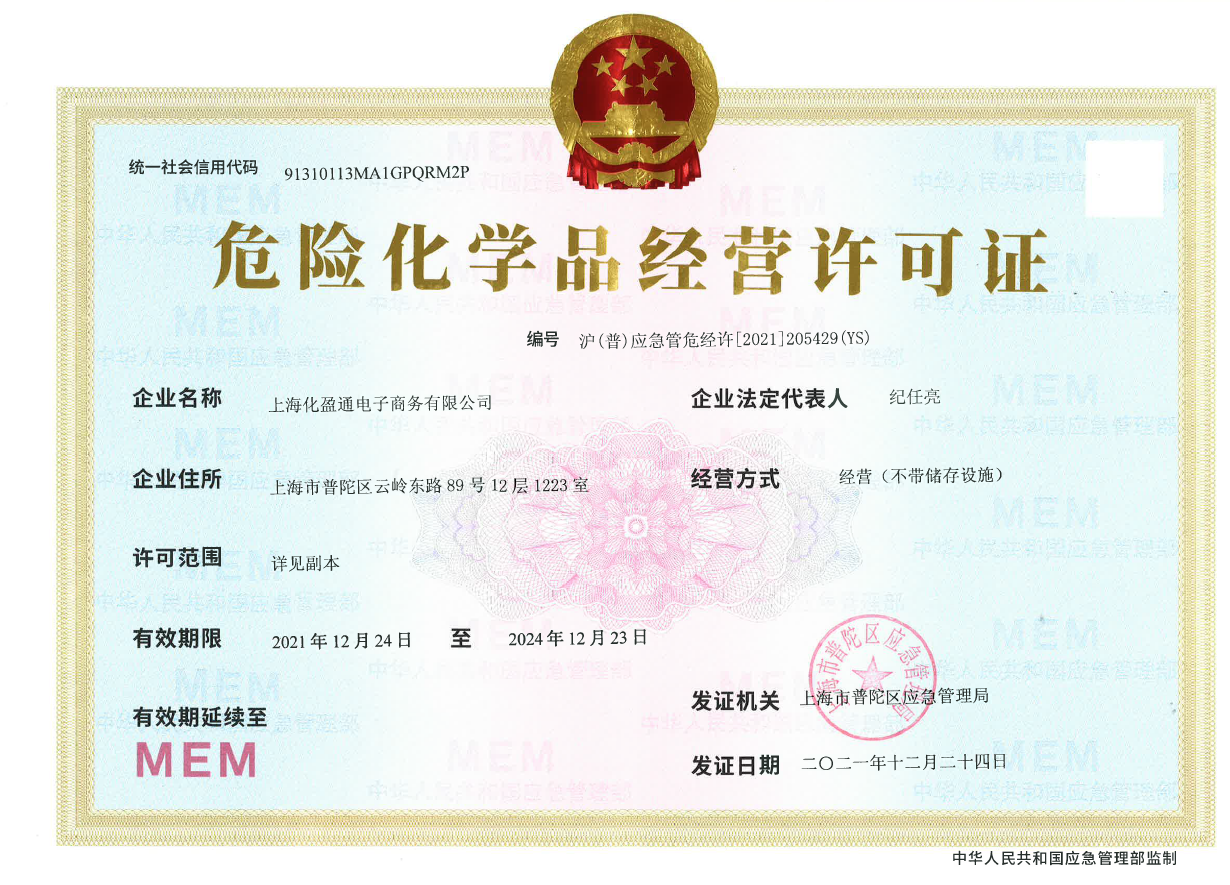

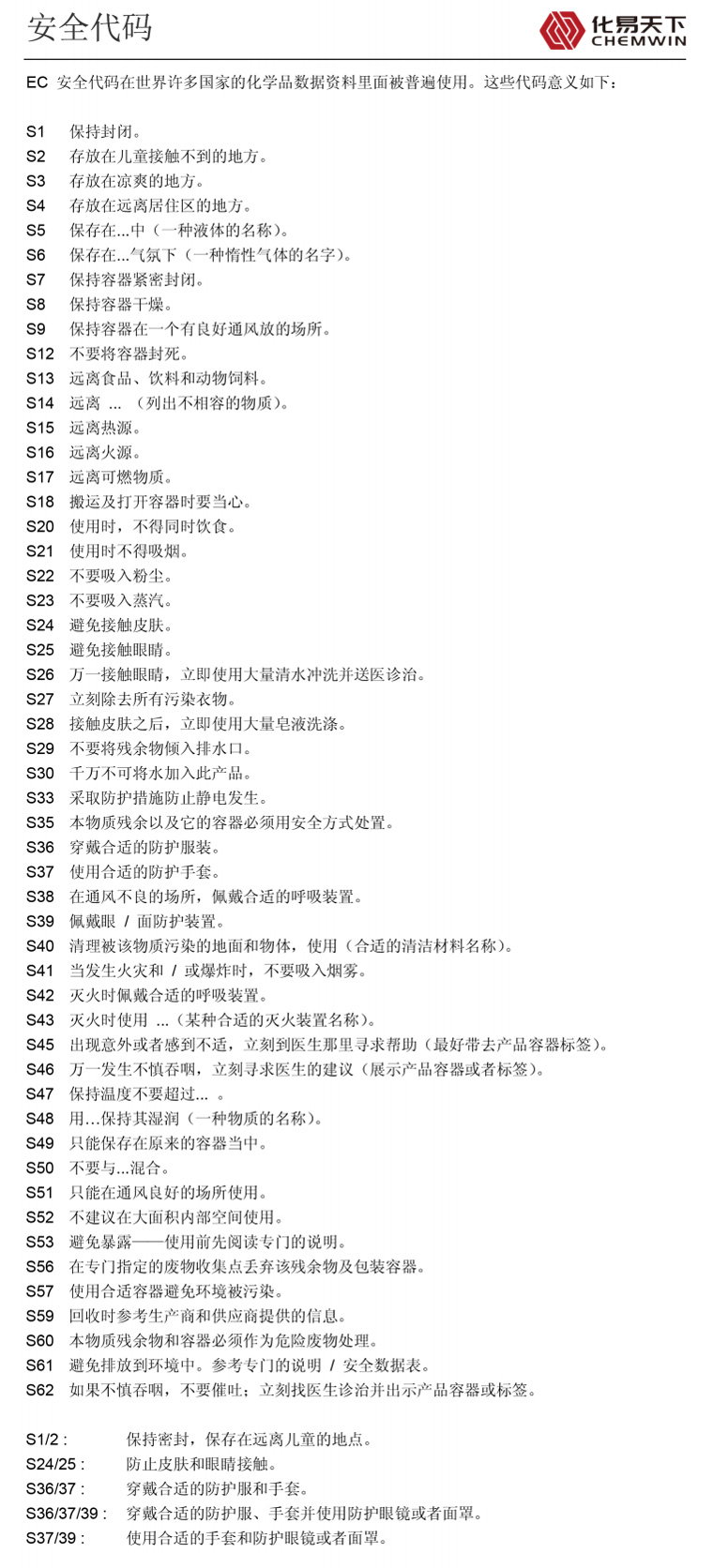
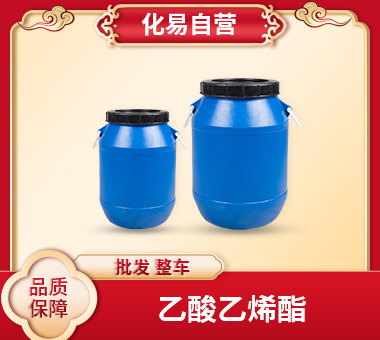
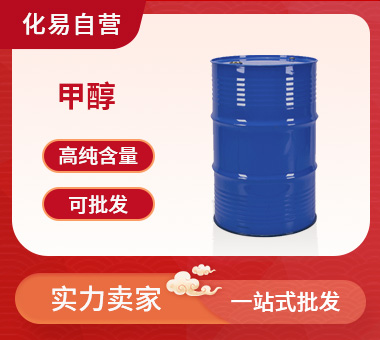
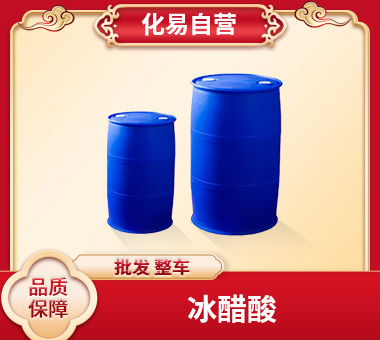
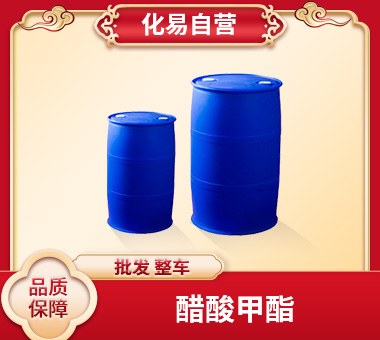





.png)



